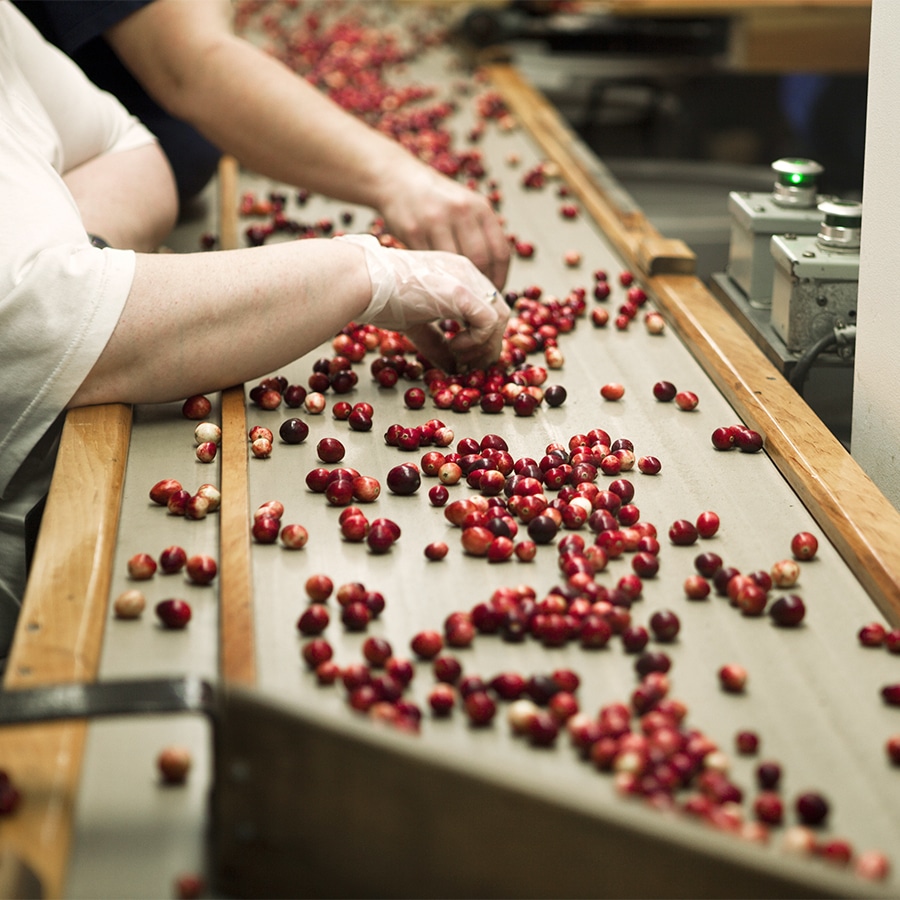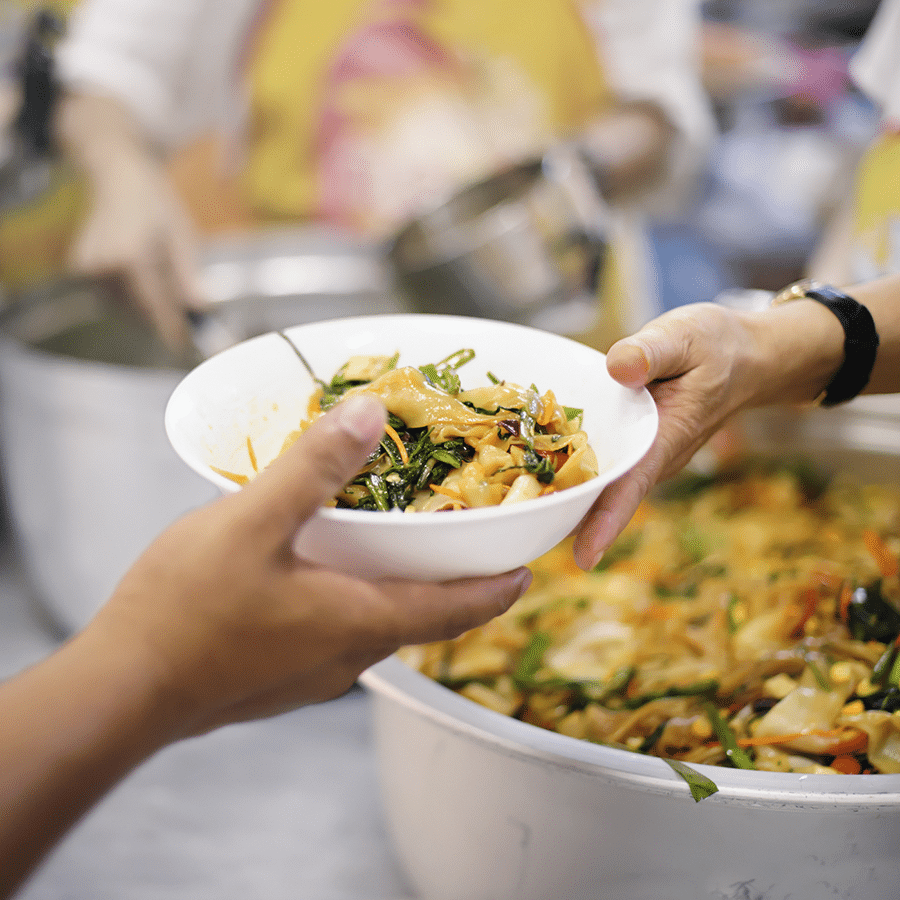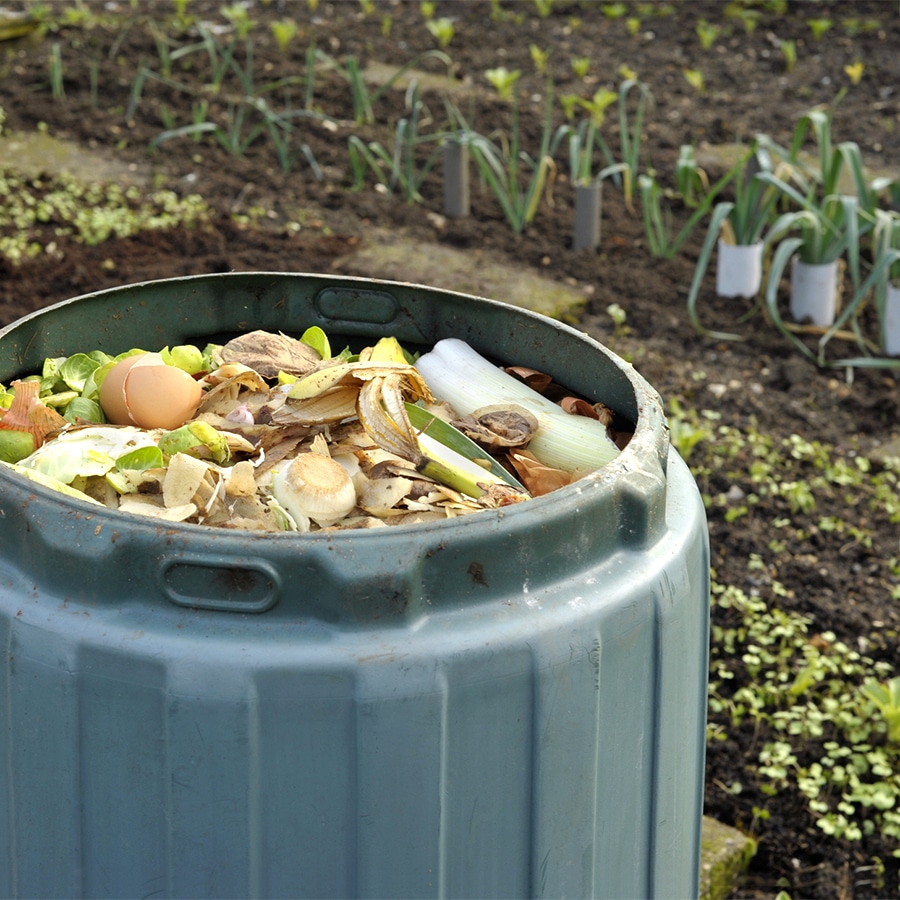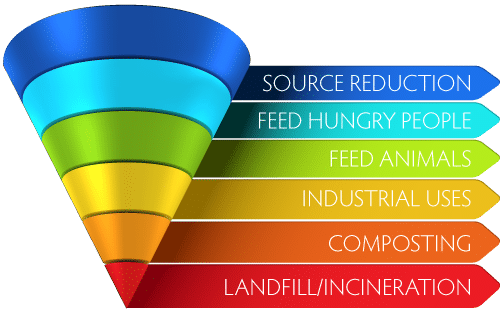Engagement with a broad range of stakeholders is critical to identifying and implementing challenges and solutions to these complicated issues. The Food Waste Reduction Alliance engages with stakeholders working on all aspects of food waste reduction and food donation in the U.S. In 2019, FWRA announced a formal agreement with the U.S. Department of Agriculture (USDA), the U.S. Environmental Protection Agency (EPA) and the U.S. Food and Drug Administration (FDA) to reduce food loss and waste through industry and agency-specific actions.
FWRA also liaises with organizations such as the U.S. Composting Council, the World Wildlife Fund, and ReFED as are all working on specific aspects of food waste. Learning from and sharing findings with these thought-leaders is an important element of this initiative.
Similarly, FWRA and its participating companies also works to raise the profile of this issue nationwide, educating diverse audiences about the issue and the work of FWRA through speaking engagements, tools and best practices guides. There is no better opportunity to help feed the hungry and reduce our environmental footprint than tackling the challenge of food waste and communication is a critical component of reaching our goals.







